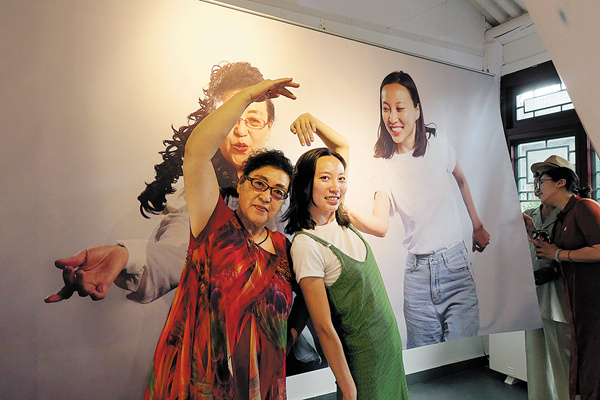

At that time, she had completed her master's degree in drama directing in France, and was interested in public art projects. She co-founded the Beijing ONE Art and Creativity Institute with her friend Yu Ge, and hosted an art festival in 2013 and more than 60 art projects in Beijing hutong throughout the following year.
Their experience in public art drew the attention of the Chaoyangmen subdistrict office of Dongcheng district people's government, which saw the potential of Niu's team in revitalizing the local community.
"The deputy head of the office came up to me and said that the Chaoyangmen subdistrict office had two imminent duties: preservation of historical architecture and community revitalization. He said that what we did had a sense of community revitalization to it, and invited me to come and visit the courtyard," Niu says.
Despite Niu's concern about working in a local community, she finally accepted the offer. Yu quit her job, and the team has been based in the courtyard ever since.
The cultural center was opened to the public on Sept 10, 2016, and was soon named as the Chaoyangmen subvenue for that year's Beijing Design Week. With fans aware of their previous projects, the center's establishment boosted the neighborhood's cash flow.
But strangely, after a bustling first two months, the courtyard was shrouded in silence and locals became almost wary of the organization, sometimes peeping through the doors to see what's going on but hardly ever actually stepping inside. There was what modern market analysts would describe as a disconnect. Put simply, what was on offer did not appeal to the core audience.
"We started to reflect on ourselves and felt that maybe we really were not down-to-earth enough. We thought our art projects had already leaned toward the general public, but at the time, those who participated in our projects were literati, not the vast majority of the public," Niu says.
The Chaoyangmen subdistrict office proposed two initiatives-the team should aim to upgrade the local public culture, and improve the sense of well-being for local residents, 60 percent of whom are senior citizens, including advocating for young people to return to the community.